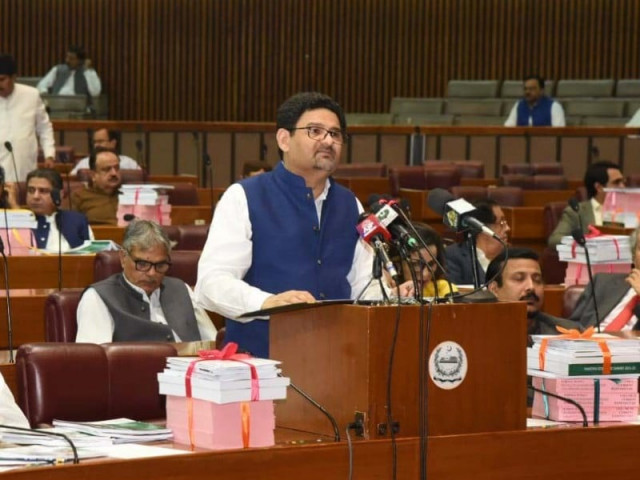The likelihood of Pakistan defaulting has currently taken centre stage in political and public discourse. While the present-day economy poses a profound challenge for all policymakers, it would be naive to foretell something of such magnitude at this stage. The incoming government was aware that it would not be able to sustain the fuel subsidies owing to a steep fall of the rupee and surge in crude oil prices.
However, the policymakers’ sheer indecisiveness in the first six weeks not only worsened Pakistan’s case in front of the International Monetary Fund (IMF) but also shook the confidence of all the market participants. The inability to reach the stipulated level forced them to roll out a 40% (Rs60) hike in petrol prices in two installments before the budget.
A glimpse at the numbers of the outgoing fiscal year reveals that Pakistan outpaced predicted growth in the Gross Domestic Product (GDP) by posting a 5.97% growth rate against the targeted 4.80%. Likewise, the Federal Bureau of Revenue (FBR) collected a record Rs5.4 trillion in tax revenue in the 11 months of the current fiscal year (11MFY22), while remittances soared to $28.4 billion (up by 6.3% year-on-year) in this same period. However, the Current Account Deficit (CAD) augmented to $13.8 billion in 10MFY22 and will close at over $15 billion for the entire fiscal year. This is primarily because rising imports neutralised amelioration in both remittances and exports. This increase is driven by the price effect rather than quantity, and may continue until the commodity price spiral fades away.
The budget for the next fiscal year sets up a Rs7 trillion tax target for the FBR assuming that the economy will grow by 5%, while the inflation will be at 11.5%. The inflation estimate is based on the presumption of a decline in international oil prices, and overwhelmingly understates the price levels we may witness in the coming months. Consequently, higher inflation reduces the purchasing power of the average Pakistani citizen and invites contractionary measures in the form of high policy rates, import bans, etc. To expect 5% growth for an already ailing economy is far too optimistic. Hence, the only way the FBR might get close to the Rs7 trillion target would be due to the price effect resulting from higher inflation.
Debt servicing and defence spending will eat away 57% (Rs4 trillion) and 22% (Rs1.52 trillion) of the FBR’s target tax collection respectively. The two components make up 58% of the total budget outlay of Rs9.5 trillion. This is a recurrent theme across budgets over the years in Pakistan.
Some impressive propositions in the budget include an attempt to broaden the tax net by bringing retailers into it, placing a tax on immovable properties worth more than Rs25 million (in the case of more than one property), increasing the tax on the banking sector to 42%, a rise in taxes on 1600cc engine cars, and a reduction in the pension tax from 10% to 5%. The budget also proposes a relief for the salaried class by exempting the payment of direct taxes for those earning Rs1.2 million annually. On the flip side, the target for the petroleum levy (PL) has been jacked up to Rs750 billion (Rs50 per litre). Besides this, the government has massively cut down subsidies by more than half to Rs699 billion, along with a Rs800 billion allocation for the Public Sector Development Programme (PSDP).
According to Finance Minister Miftah Ismail, Pakistan needs to repay its $21 billion foreign loans while catering for the $12 billion Current Account Deficit (CAD) and needs another $8 billion to shore up the State Bank of Pakistan’s forex reserves to roughly $18 billion. This is why the resumption of the IMF programme and the inflow of the latest tranche becomes critical for Pakistan. However, it will be a complicated job to revive the IMF programme given the relatively expansionary budget.
It appears that the budgeted primary surplus is unsustainable, the targeted GDP growth seems like wishful thinking if there is no rise in the CAD, and inflation may top 20%. The government has budgeted on hope, and a supplementary finance bill (popularly referred to as a mini-budget) may well be on the cards if the prayers of Pakistan’s policymakers go unheard.



COMMENTS
Comments are moderated and generally will be posted if they are on-topic and not abusive.
For more information, please see our Comments FAQ